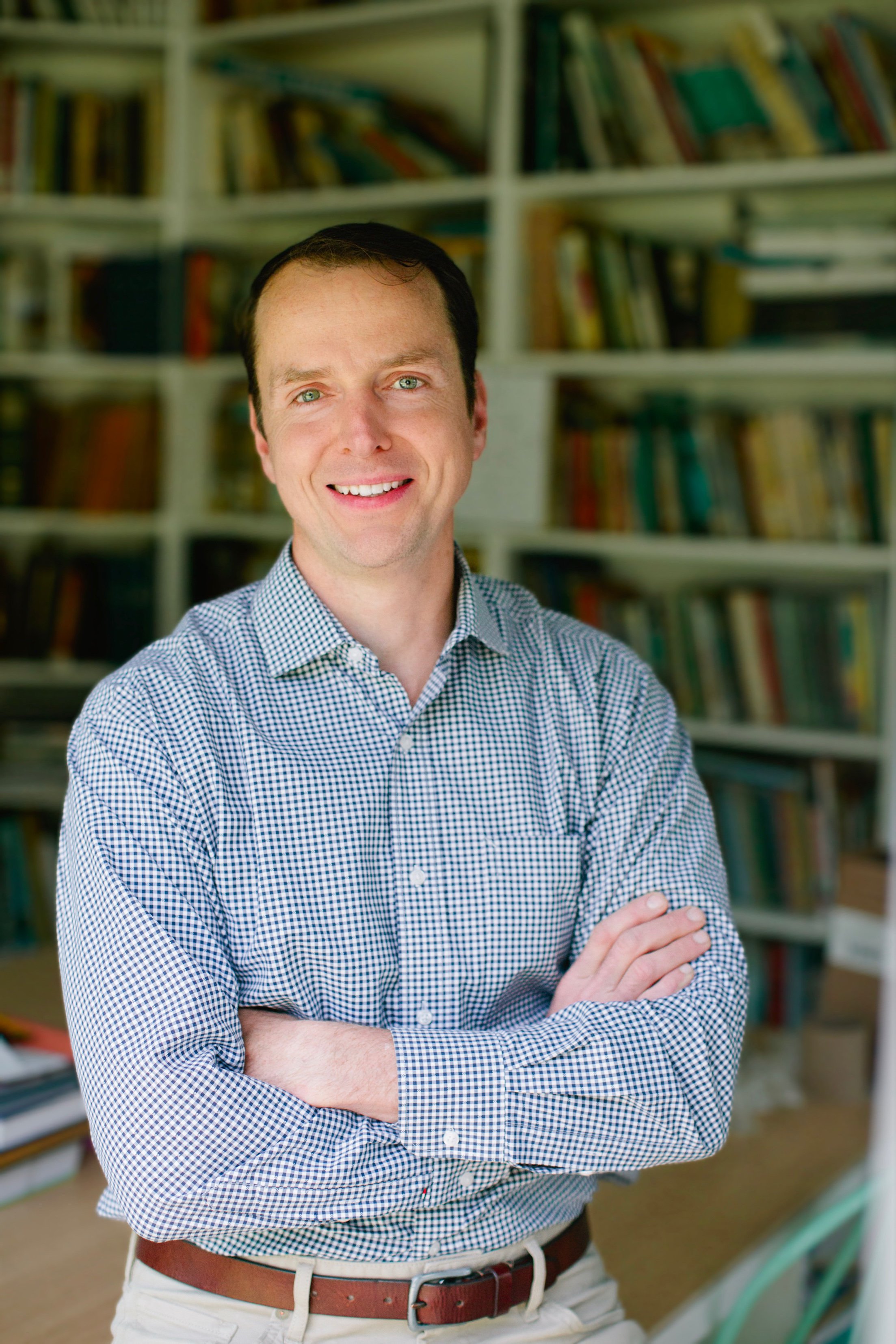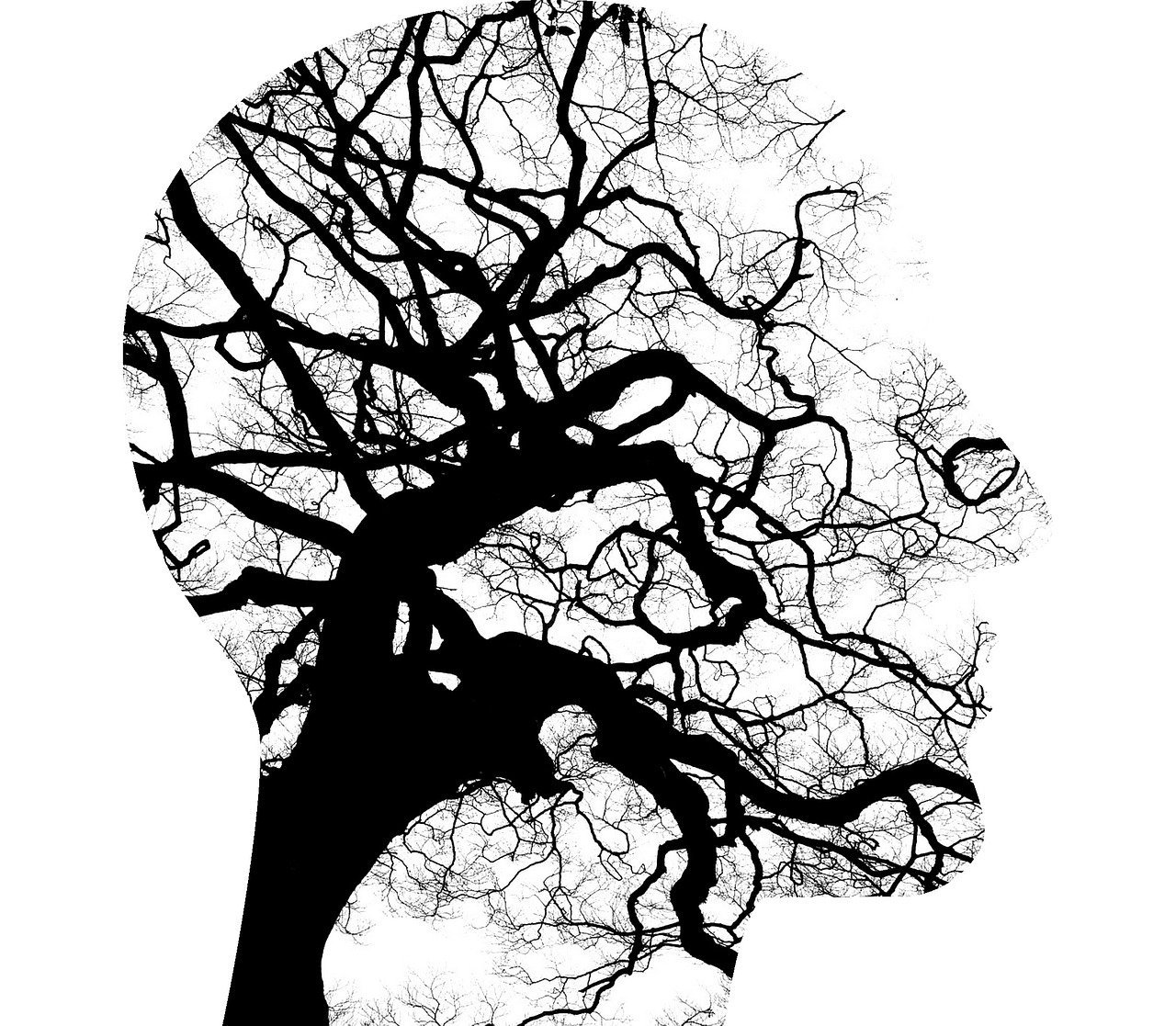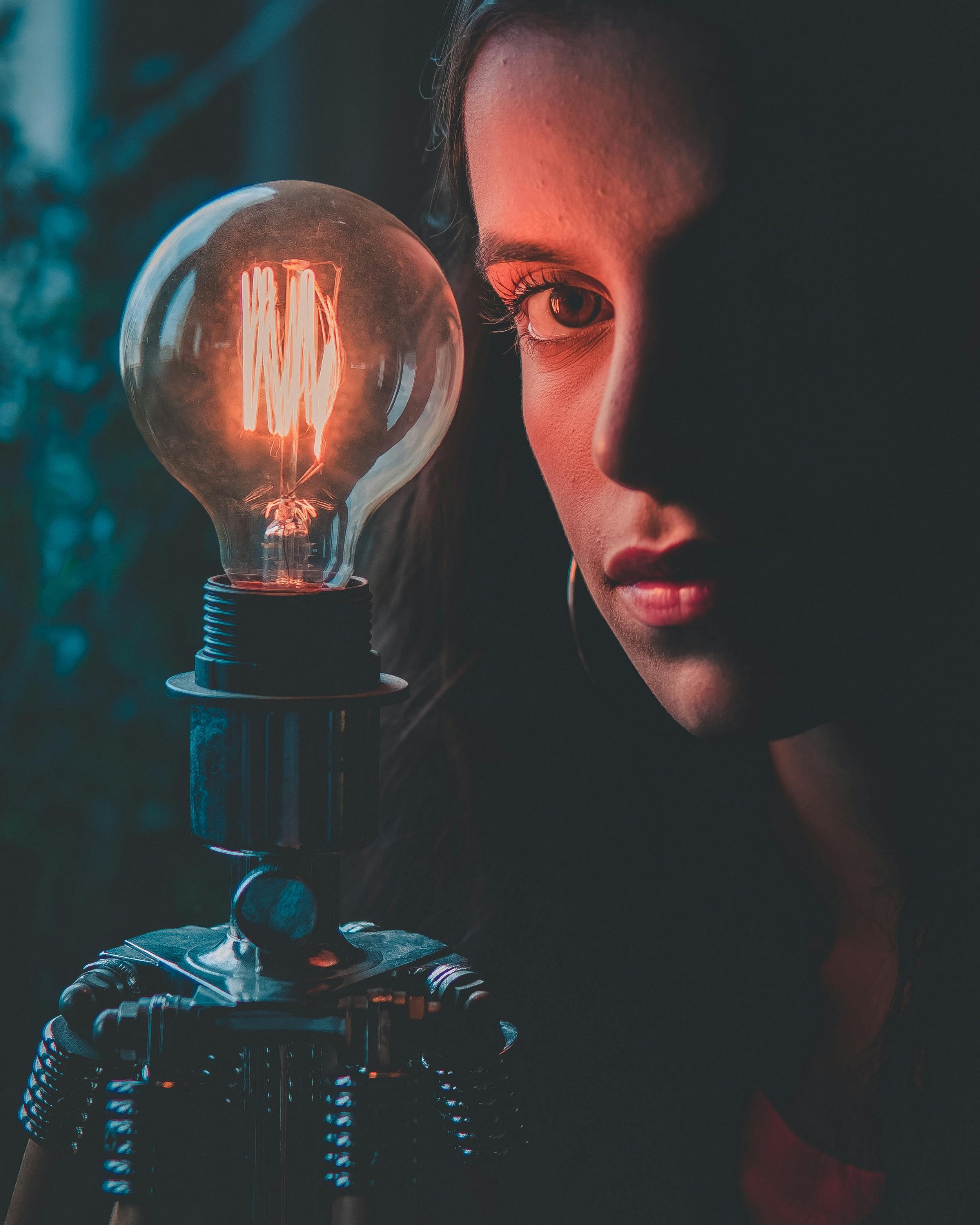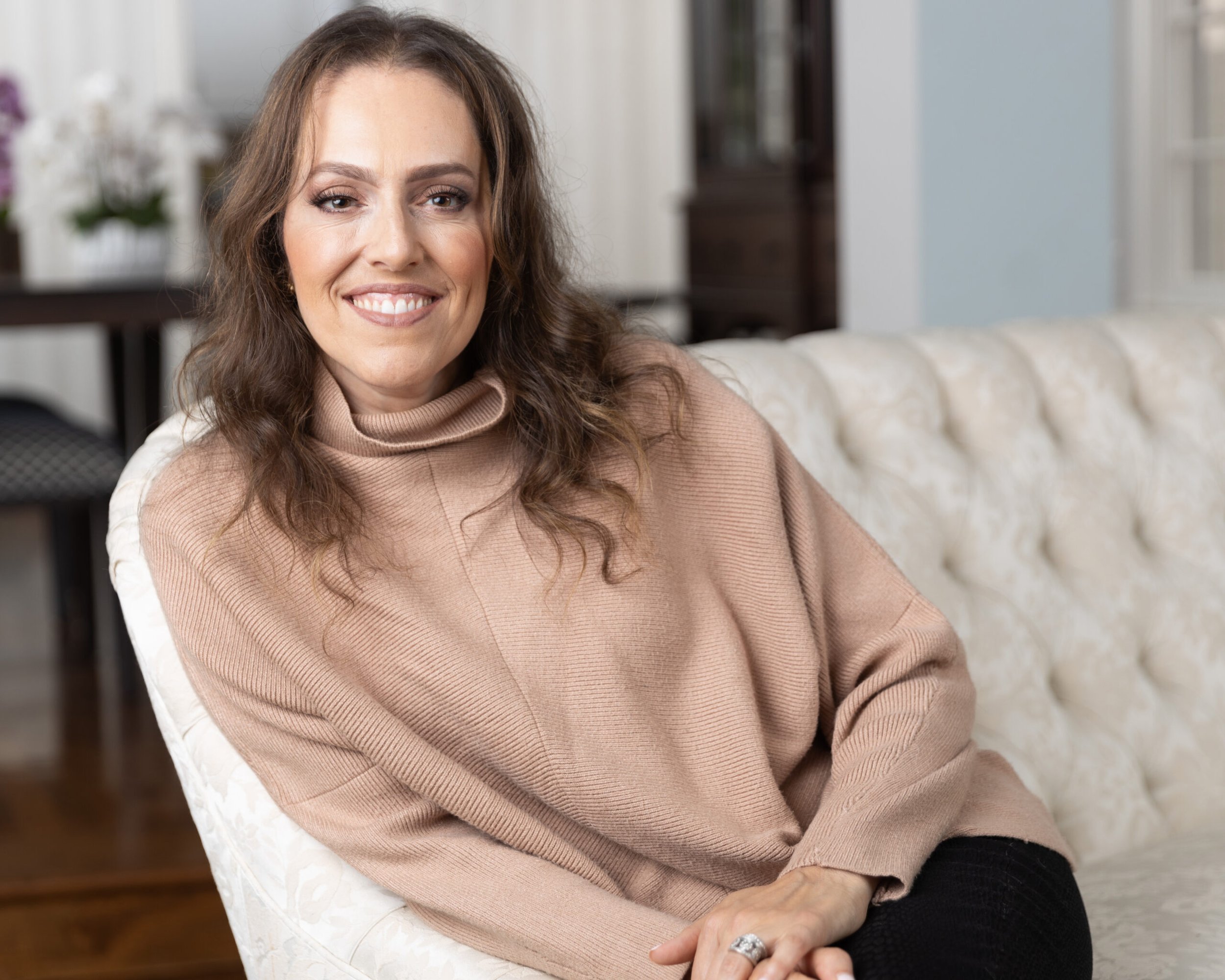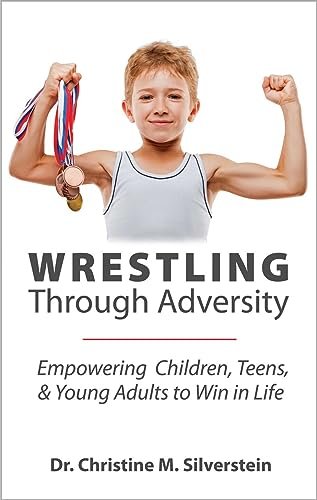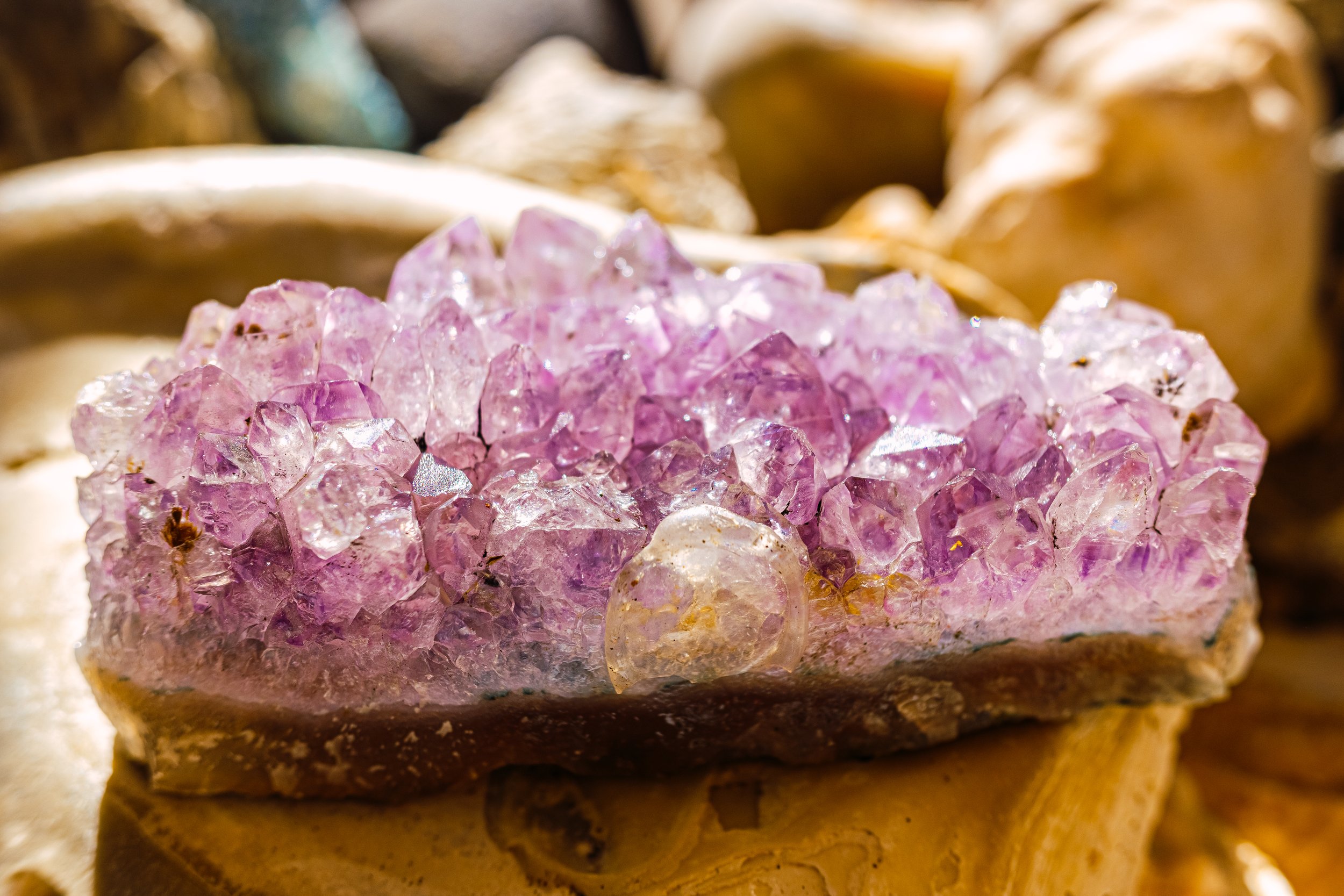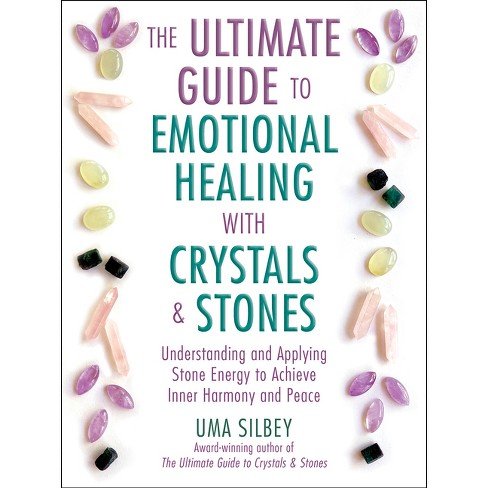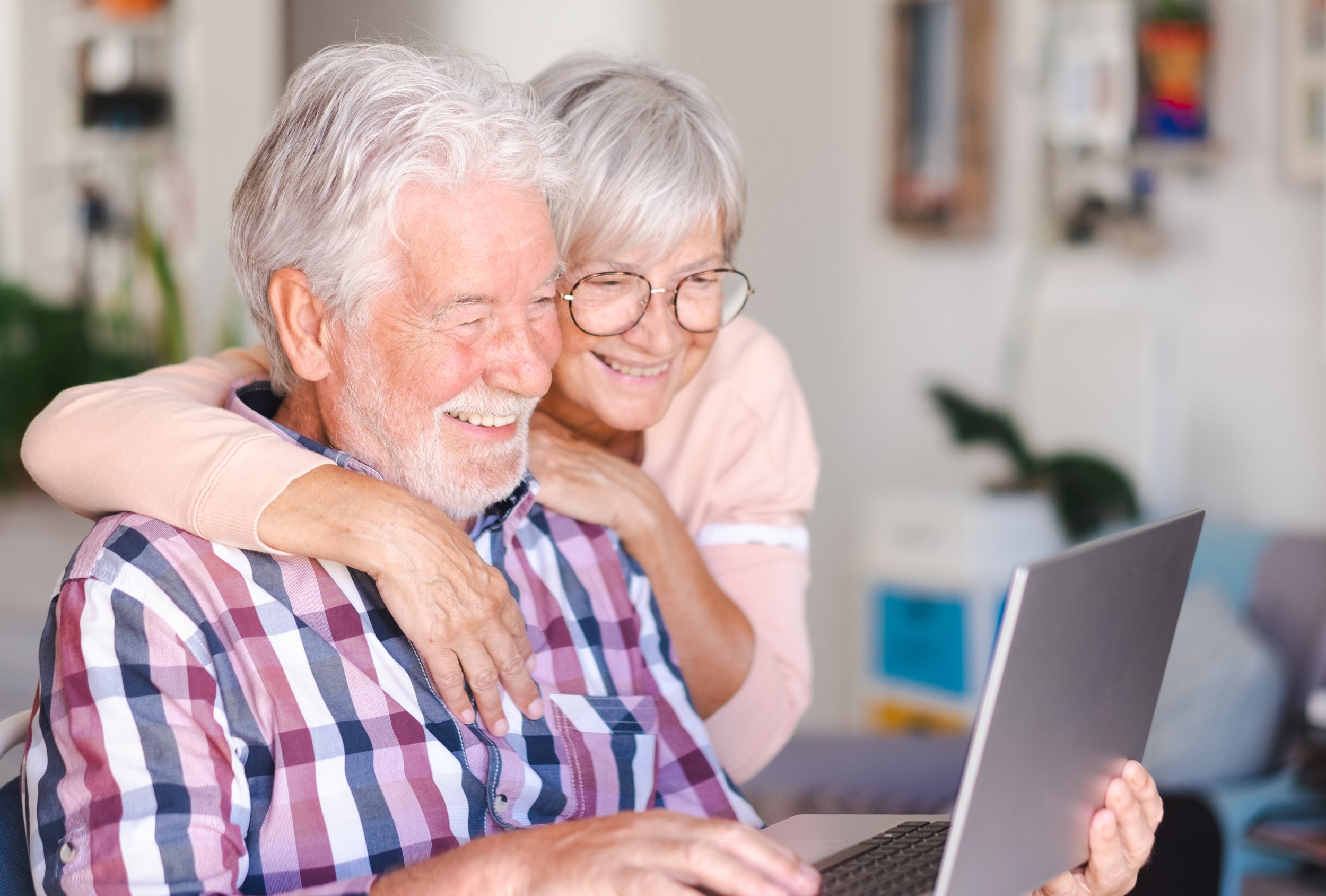UNCURABLE : From Hopeless Diagnosis to Defying All Odd by Dr. Aaron Hartman
The essential guide to becoming your own health advocate.
Taking control of your healthcare isn’t just about reading more or asking better questions—it’s about radically shifting how you view your role in the medical system. Anna’s story didn’t unfold the way it did by chance. It happened because we challenged the system at every turn. We replaced fear with facts, passivity with persistence and blind obedience with clear- eyed, critical thinking. That’s the real blueprint.
So if you’ve ever felt steamrolled by rushed appointments, pres- sured into procedures or dismissed for asking “too many questions,” know this: You’re not alone—and you’re not powerless.
Start by peering beneath the surface of your own medical experi- ences. Spot the patterns. Identify the system’s blind spots. When you face a new recommendation, pause. Ask, “Is this truly the only way?” Because if a $300 electrical stimulation device could replace invasive surgeries for Anna, then other overlooked solutions might exist for you too.
You don’t need a medical degree to reclaim ownership of your health—you need guts, strategy and the willingness to question everything. You are not a passive recipient of care. You are the lead decision-maker. So stay sharp. Speak up. Challenge assumptions.
Because nobody is more qualified to fight for your well-being than you are.
ASSERTIVE COMMUNICATION: STANDING YOUR GROUND IN MEDICAL SETTINGS
Doctors are often rushed and overworked, which can make it difficult for patients to get the attention they deserve. But remember —you are the expert on your own body, and your concerns matter.
TIPS FOR SPEAKING UP:
— Be direct. Instead of saying, “I don’t know about this treatment,” try, “I’m concerned about the side effects. Are there alternatives?”
— Use confident body language. Sit up straight, maintain eye contact and speak in a steady voice.
— Be persistent if necessary. If a doctor dismisses your concerns, say, “I know you’re busy, but I need to discuss this further before making a decision.”
— Come prepared. Write your questions down, keep a journal and stay on top of the answers you get from each practitioner.
— Be willing to make multiple follow-up appointments.
You likely won’t get all your questions answered in one visit due to time constraints, so you need to be willing to set up multiple visits asking two to three questions at a time. This shows a mutual respect for the practitioner’s time constraints. Communicate to them that you are doing this because you respect their time!
— Bring a support person. A friend or family member can help reinforce your concerns and take notes.
~book excerpt




